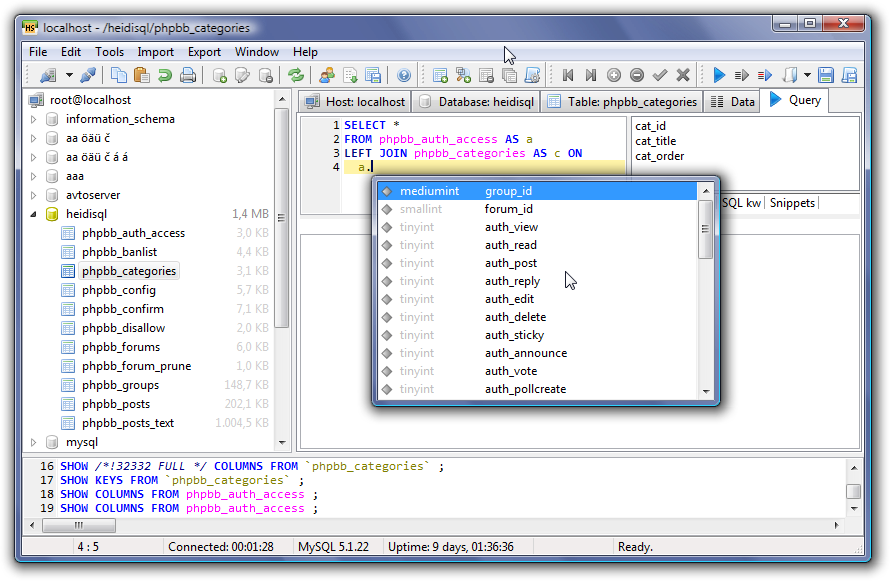

Once the installation is completed, we need to create configuration files: # mkdir -p /etc/postfix/sql/įrom here, several configuration files will be created.

You will be asked for the system mail name, make sure this is the same with your hostname. Install Postfix with the command below: # apt install postfix-mysqlĬhoose Internet Site and click on Ok to continue. This is apt install apache2 php php-mbstring php-imap php-mysql libapache2-mod-php7.0 Step 5: Install Postfix Step 4: Install PHP and all Necessary PHP Modules Make sure to replace the password for the database user to a good unique password. MariaDB > GRANT ALL PRIVILEGES ON postfixadmin.* TO IDENTIFIED BY ' M0d1fyth15' Let’s proceed with creating a database for PostfixAdmin: MariaDB > CREATE DATABASE postfixadmin Remember to enter your root password if you ran the secure installation script. Next, run this command to access the MySQL shell. If you followed the above step, then you would have a newly set password for MySQL root user. Remove test database and access to it? : Y Enter current password for root (enter for none): Just press the key since there is no default password When prompted, answer the questions below by following the guide. Now, you can skip the following step if you prefer not to have a MySQL root password. To start the MariaDB service and enable it to start on boot, execute the following commands: # systemctl start mariadb In this tutorial, we will use MySQL/MariaDB as the database storage engine. PostfixAdmin supports MySQL/MariaDB, PostgreSQL, and SQLite database systems. # useradd -r -u 150 -g mail -d /var/vmail -s /sbin/nologin -c "Virtual Mail User" vmail

Then, run the following command to make sure that all installed packages on the server are updated to their latest available versions: # apt update & apt upgrade Step 2: Create a System Userįor security reasons, we will create a new system user who will be the owner of all mailboxes. You should get this output: Distributor ID: Debianĭescription: Debian GNU/Linux 9.9 (Stretch) You can check whether you have the proper Debian version installed on your server with the following command: # lsb_release -a Log in to your Debian 9 VPS: # ssh -p Port_number Step 1: Log in via SSH and Update the System


 0 kommentar(er)
0 kommentar(er)
